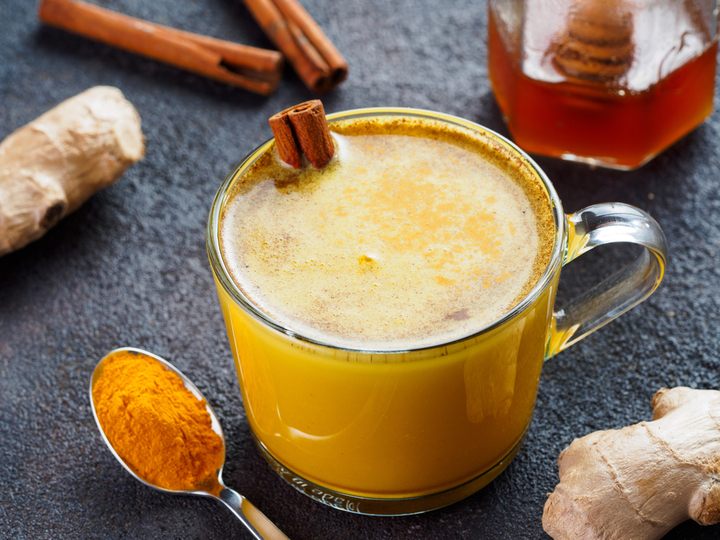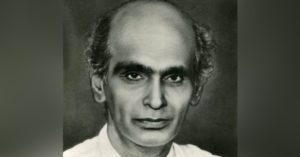Haldi to Honey & Ghee: 5 Times the West ‘Discovered’ India’s Ancient Wisdom
In the recent times, so many Indian staples have become global health fads, prompting exasperated Indians to remind everyone where the “trend” originated from.

Recently the Oxford University’s Medical School and Nuffield Department of Primary Care Health Sciences discovered that honey can be used as a treatment for cough and cold.
But this is not the first time that people from Western countries made such startling “discoveries” that are rather commonplace in Indian homes. Here are 5 other instances:
Turmeric
One of the most potent spices used in Indian cooking, turmeric not only adds flavour to food but also acts as an antimicrobial agent. It is applied topically to open wounds as the curcumin found in turmeric decreases inflammation and oxidation.
Curcumin is the chemical compound found in turmeric that gives it a bright yellow colour. This ingredient is part of the ginger family and commonly found in every home’s kitchen in India.
In 1995, two Indian-origin professors – Suman Das and Hari Har P of University of Mississippi Medical center claimed they had studied and discovered the benefits of this ingredient to heal wounds, and even won a patent for the same. In 1997 the same was challenged by the Council of Scientific and Industrial Research, India, and after a complaint was filed the patent was revoked.
Another study published in 2012 by The University of Texas highlighted the therapeutic benefits of ‘Curcumin’. Bringing the ‘super-food’ back into the limelight. The study suggests that after extensive clinical trials it has shown promising results towards reducing inflammation, cardiovascular risks, diabetes, and many more.
Post this, various food trends such as “Golden milk” and “Turmeric Latte” aka Haldi doodh popped up.

Ghee
The first bite of solid food fed to babies in India is boiled rice mixed with ghee. This ingredient is made by heating butter until the water evaporates leaving behind milk solids.
Ghee originated in India as the weather was not conducive for storing butter. The ingredient is rich in Butyric acid, lauric acid, Vitamin E, and antioxidants. Apart from being used for cooking and garnishing dishes, it is applied topically to ease burns, moisturize the skin, and prevent early aging.

In Western countries this is referred to as clarified butter, and after many studies were conducted by several universities in The USA. It was proved that this ingredient has medicinal properties and is also a ‘superfood’. Today, it is consumed widely as the product is gluten-free, and a healthy alternative to butter.
Neem
Neem has anti-inflammatory, antifungal, and antibacterial properties. It is proven to purify the blood, cleanse the liver, and support the immune system.
In rural India, many used neem branches to brush their teeth before toothbrushes were introduced. Today Western countries have introduced Neem-based chew sticks and neem toothbrushes which are proven to improve oral hygiene.

In 1995, the neem seed was patented by an American researcher claiming that he had first discovered the antifungal properties of neem. This was challenged, and the patent was offered to India in the year 2000 thanks to Vandana Shiva, founder of the Research Foundation for Science, Technology, and Ecology. It was revoked after evidence surfaced of farmers using this knowledge for a long time and also gave them information about the two scientists who had researched neem before the patent had been granted.
Honey
Honey mixed with grated ginger and a little water is the perfect remedy for cough or a sore throat. Filled with antioxidants and anti-inflammatory properties, it is also used as a substitute for sugar.

While our grandmothers never did any research to show us proof, a study published by BC Children’s Hospital in Canada says that a single dose of honey before bedtime proved to diminish cough and discomfort experienced by children during a cold.
Apart from that, a mixture of milk and honey is also a natural moisturiser that nourishes the skin and keeps it acne-free. According to studies when used topically this ingredient stimulates cytokines and keratinocytes which are immune cells.
Coconut oil
Coconut oil is a staple for cooking in the state of Kerala and Goa. Till 1980, Kerala was the largest producer of coconuts with 80-85% of the national production. Now, other states like Tamil Nadu, Andhra Pradesh, and Karnataka have joined them.
Apart from using it for cooking, it is also widely used as moisturizer and sometimes to treat acne and skin eczema. According to a study by Harvard University, the presence of lauric acid in the oil helps to fight harmful pathogens, bacteria, and fungi.
Applying coconut oil on the hair is common all over the country because it reduces body heat, and strengthens the hair.

In 2015, there was a sudden boom in the use of coconut oil across the USA. Terming it as a ‘superfood’, many opted for this over refined oils and butter as it was flavourful, aided weight loss, and considered it healthy for the heart.
But in 2018, a Harvard professor named Karin Michaels who studied the ingredient referred to it as pure poison. He suggests that coconut oil has a higher saturated fat content compared to butter and other oils. But also claims that it could be good fat, and there is not enough study done to prove the same, and requests users to avoid consuming this regularly.
The same year, another study published by the medical director of the Medical Centre for New Medicine and Cancer Center for Healing, California said this is essential in every anti-cancer food plan.
While diverse views about this exist within the Western countries, these ingredients have been part of the Indian diet for several years.
(Edited by Gayatri Mishra)
If you found our stories insightful, informative, or even just enjoyable, we invite you to consider making a voluntary payment to support the work we do at The Better India. Your contribution helps us continue producing quality content that educates, inspires, and drives positive change.
Choose one of the payment options below for your contribution-
By paying for the stories you value, you directly contribute to sustaining our efforts focused on making a difference in the world. Together, let's ensure that impactful stories continue to be told and shared, enriching lives and communities alike.
Thank you for your support. Here are some frequently asked questions you might find helpful to know why you are contributing?


This story made me
-
97
-
121
-
89
-
167














